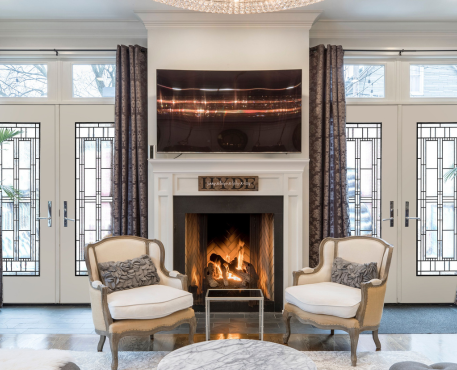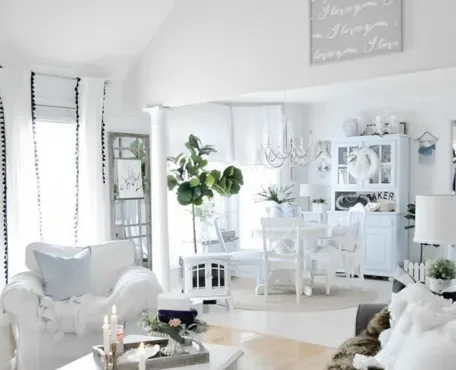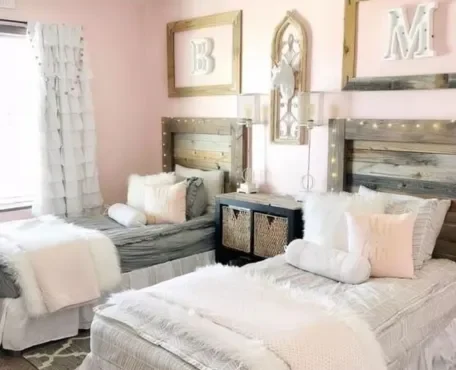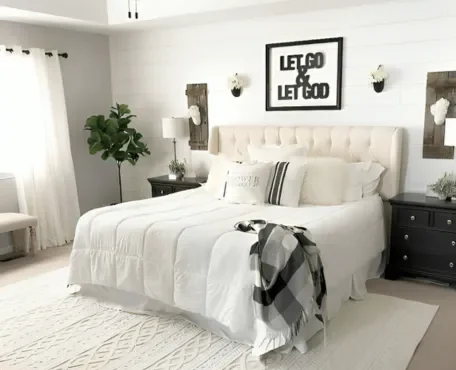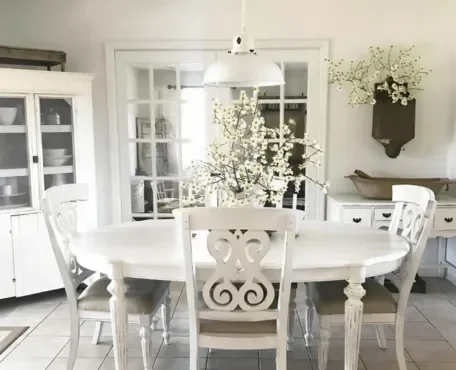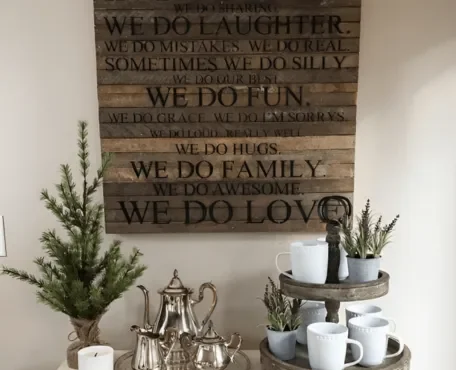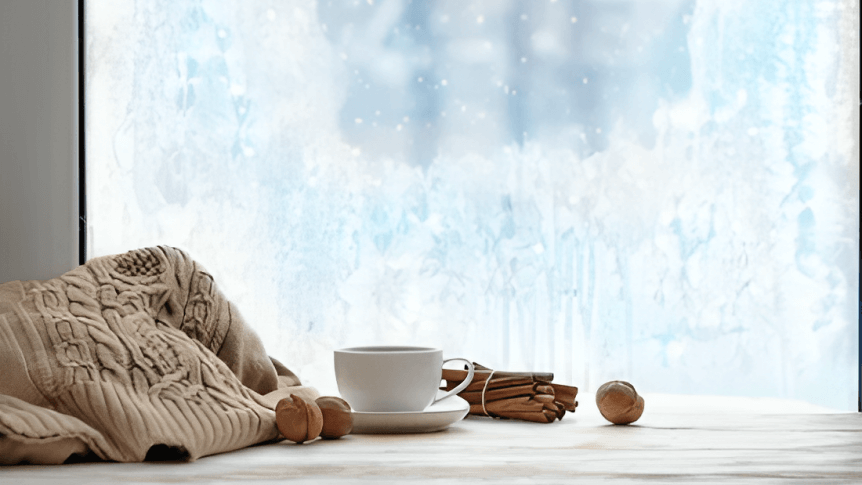
Prepare Your Home Winter: As the colder months approach, creating a warm and inviting home becomes a top priority. While turning up the thermostat is a common solution, it often leads to high energy bills and environmental concerns. However, there are numerous effective ways to make your house warmer without solely relying on heating systems. This essay aims to provide a comprehensive guide to achieving a cozy and comfortable living space while minimizing energy consumption.
1. Maximize Insulation
Seal Drafts: Identify and seal any gaps, cracks, or openings in your doors, windows, and walls. Weatherstripping and caulking are cost-effective methods to prevent cold air from infiltrating your home.
Attic Insulation: Adequate insulation in the attic is crucial as heat rises and can escape through the roof. Consider adding or upgrading insulation to prevent heat loss.
Wall Insulation: Insulating your walls can significantly enhance heat retention. If possible, opt for eco-friendly materials such as cellulose or recycled denim insulation.
2. Utilize Sunlight
Open Curtains During the Day: Take advantage of natural solar heat by keeping your curtains open during daylight hours. South-facing windows are particularly effective in capturing the sun’s warmth.
Close Curtains at Night: Once the sun sets, close your curtains to trap the warmth accumulated during the day. Thick, insulated curtains are especially beneficial for preventing heat loss through windows.
3. Employ Strategic Furniture Placement
Arrange Furniture Near Interior Walls: Move your furniture away from exterior walls, as they tend to be cooler. Placing furniture near interior walls will help you benefit from the warmth retained within the house’s core.
Use Furniture as Barriers: Large furniture pieces like bookshelves or sofas can act as barriers against cold drafts, helping to create more comfortable microclimates within your rooms.
4. Rethink Flooring Choices
Use Rugs and Carpets: Cold floors can significantly impact the perceived temperature of a room. Adding rugs or carpets not only adds a cozy aesthetic but also provides an insulating layer that prevents heat from escaping through the floor.
Consider Underfloor Insulation: If you have the means, underfloor insulation can be highly effective in maintaining warmth. This is particularly relevant for homes with elevated floors.
5. Cook and Bake More
Leverage Cooking Appliances: Cooking and baking generate heat. During colder months, make use of your oven and stovetop more frequently. After you’re done cooking, leave the oven door open to let the residual heat escape into the kitchen.
6. Use Thermal Mass
Incorporate Thermal Mass Materials: Thermal mass materials like brick, stone, or concrete absorb heat during the day and release it slowly at night. Consider adding these materials to your interior design for passive heating benefits.
7. Harness Natural Ventilation
Cross-Ventilation: On sunny days, open windows on opposite sides of your home to facilitate cross-ventilation. This helps regulate indoor temperatures and refresh the air.
Ventilation Flaps: Utilize adjustable ventilation flaps or transoms to control the airflow between rooms, allowing warmer air to circulate effectively.
Conclusion
Creating a warmer home without relying solely on heating systems is not only environmentally friendly but also cost-effective. By maximizing insulation, utilizing sunlight, arranging furniture strategically, rethinking flooring, cooking more, employing thermal mass, and harnessing natural ventilation, you can transform your living space into a cozy haven. These methods not only enhance comfort but also contribute positively to sustainability efforts, making your home a welcoming retreat during even the coldest months.
Q1: Why is insulation so important in keeping a house warm without heating?
A1: Insulation acts as a barrier against heat loss. In cold weather, the warm air inside your home naturally tries to escape to the colder outside. Insulation helps trap this warm air, preventing it from escaping and cold air from infiltrating. Proper insulation in walls, attics, and even floors can significantly reduce the need for heating by maintaining a more stable indoor temperature.
Q2: How can I effectively utilize sunlight to warm my home?
A2: Sunlight can be a powerful natural heat source. During the day, open curtains and blinds on south-facing windows to allow sunlight in. This solar heat can warm up your interior spaces. Remember to close the curtains at night to retain the heat that accumulated during the day.
Q3: What’s the connection between furniture placement and maintaining warmth?
A3: Furniture placement can impact the distribution of heat within your home. Placing furniture near interior walls instead of exterior walls helps you benefit from the warmth retained within the house’s core. Additionally, larger furniture pieces can act as barriers against cold drafts, creating more comfortable microclimates within rooms.
Q4: How does cooking and baking contribute to a warmer home?
A4: Cooking and baking generate heat, which can contribute to warming your home naturally. Using your oven and stovetop more frequently during colder months can help increase indoor temperatures. After cooking, leaving the oven door open allows the residual heat to escape into the kitchen and other adjacent areas.
Q5: What is thermal mass, and how can it help in maintaining warmth?
A5: Thermal mass refers to materials that have the ability to absorb and store heat. Materials like brick, stone, and concrete have high thermal mass. During the day, these materials absorb heat from sunlight or interior heating sources. At night, they release this stored heat, helping to keep indoor temperatures more stable.
Q6: Can natural ventilation really help in keeping a house warm?
A6: Yes, natural ventilation can help regulate indoor temperatures. Cross-ventilation, achieved by opening windows on opposite sides of your home, facilitates the movement of air, allowing warmer air to circulate. This not only refreshes the indoor air but also helps maintain a more consistent temperature.
Q7: How do rugs and carpets contribute to keeping a house warm?
A7: Rugs and carpets add an insulating layer to your floors, preventing heat from escaping through them. Cold floors can make a room feel much colder overall. By placing rugs or carpets on the floor, you create a barrier that helps retain the heat in your living spaces.
Q8: Is it possible to make an old house warmer without extensive renovations?
A8: Absolutely. Many of the strategies mentioned in the article, such as sealing drafts, using curtains effectively, rearranging furniture, and incorporating thermal mass materials, can be applied to older homes without major renovations. These methods can make a noticeable difference in comfort without the need for extensive construction work.
Q9: How can I ensure that I’m not compromising on indoor air quality while implementing these strategies?
A9: While implementing these strategies, it’s important to strike a balance between maintaining warmth and ensuring good indoor air quality. Proper ventilation, especially during cooking or using appliances that generate heat, will help prevent the accumulation of indoor pollutants. Regularly opening windows for fresh air and using air purifiers can also contribute to maintaining a healthy indoor environment.


